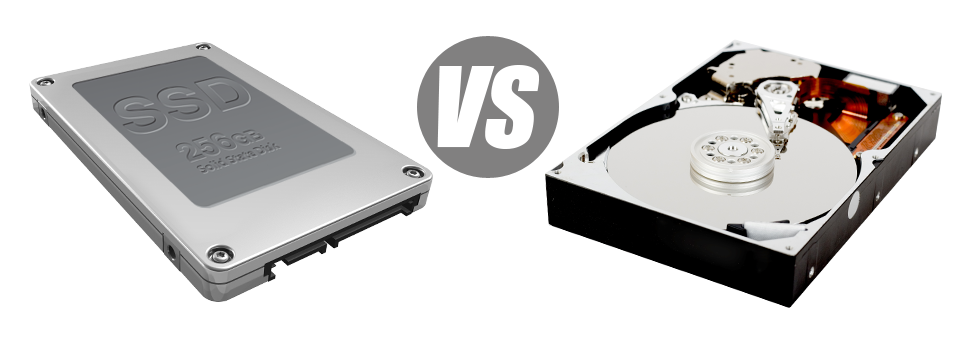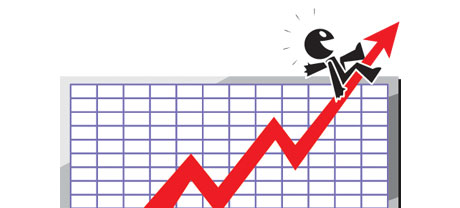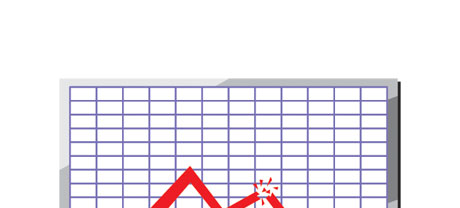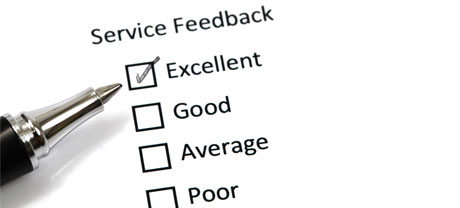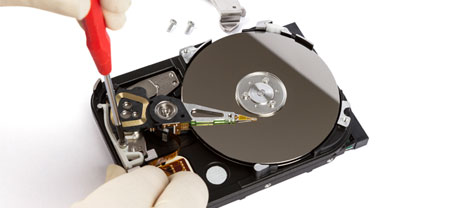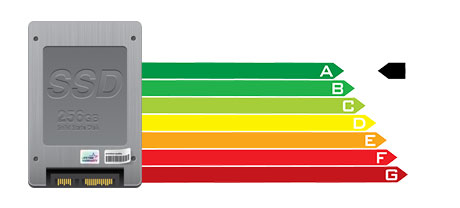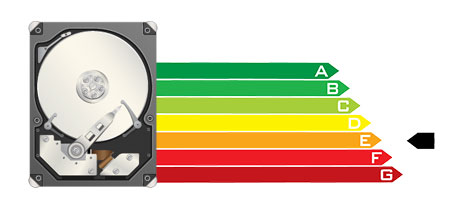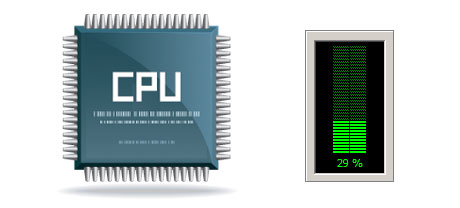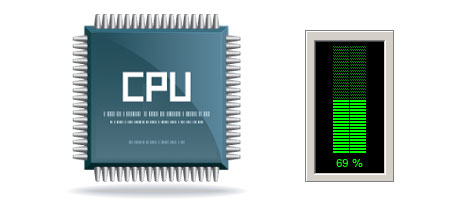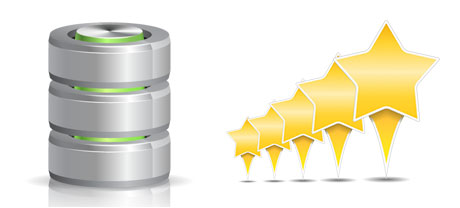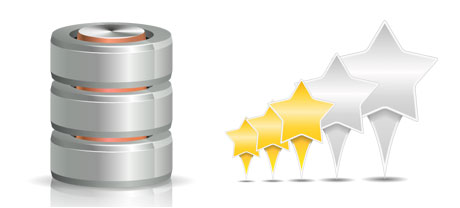For many years there seemed to be just one single efficient path to store data on a laptop – having a disk drive (HDD). Having said that, this type of technology is currently displaying it’s age – hard disks are really loud and slow; they can be power–hungry and have a tendency to create a lot of heat during intense procedures.
SSD drives, in contrast, are extremely fast, consume much less power and are also far less hot. They feature a new method to file access and storage and are years ahead of HDDs when considering file read/write speed, I/O operation and then power effectivity. Observe how HDDs stand up up against the newer SSD drives.
1. Access Time
After the introduction of SSD drives, data access rates are now over the top. Because of the brand–new electronic interfaces utilized in SSD drives, the average file access time has been reduced into a all–time low of 0.1millisecond.
HDD drives continue to makes use of the very same basic file access concept which was actually created in the 1950s. Although it has been vastly improved after that, it’s slower when compared with what SSDs will provide. HDD drives’ data file access speed varies in between 5 and 8 milliseconds.
2. Random I/O Performance
Resulting from the brand–new revolutionary file storage approach embraced by SSDs, they furnish a lot quicker data access speeds and speedier random I/O performance.
All through our tests, all of the SSDs confirmed their capability to take care of a minimum of 6000 IO’s per second.
Hard drives offer slower file access rates due to aging file storage space and accessibility concept they’re making use of. Additionally they exhibit noticeably sluggish random I/O performance when compared with SSD drives.
For the duration of EziWebb’s lab tests, HDD drives managed on average 400 IO operations per second.
3. Reliability
SSD drives are designed to have as fewer moving parts as is practical. They use a comparable technique like the one found in flash drives and are also more efficient as compared to standard HDD drives.
SSDs offer an average failing rate of 0.5%.
For an HDD drive to work, it must spin 2 metal disks at over 7200 rpm, retaining them magnetically stabilized in the air. They have a lots of moving elements, motors, magnets as well as other gadgets loaded in a small space. Hence it’s no wonder that the common rate of failing associated with an HDD drive varies among 2% and 5%.
4. Energy Conservation
SSDs lack moving components and require hardly any cooling down energy. They also call for a small amount of electricity to operate – trials have demostrated that they’ll be powered by a standard AA battery.
As a whole, SSDs use up amongst 2 and 5 watts.
HDD drives are famous for being noisy. They need far more power for cooling down reasons. With a web server which has a variety of HDDs running regularly, you’ll need a large amount of fans to make sure they’re kept cool – this may cause them a lot less energy–efficient than SSD drives.
HDDs use up between 6 and 15 watts.
5. CPU Power
As a result of SSD drives’ greater I/O functionality, the leading hosting server CPU can process file queries more rapidly and save time for other procedures.
The average I/O delay for SSD drives is only 1%.
If you use an HDD, you will have to spend additional time watching for the results of one’s file call. Because of this the CPU will be idle for additional time, expecting the HDD to respond.
The standard I/O wait for HDD drives is around 7%.
6.Input/Output Request Times
It is time for some real–world illustrations. We, at EziWebb, produced a detailed system backup on a server only using SSDs for data storage reasons. In that process, the common service time for any I/O query stayed beneath 20 ms.
Using the same server, yet this time loaded with HDDs, the outcome were very different. The normal service time for any I/O call changed in between 400 and 500 ms.
7. Backup Rates
You’re able to experience the real–world added benefits of using SSD drives day by day. As an example, with a hosting server loaded with SSD drives, a complete back–up is going to take only 6 hours.
Through the years, we’ve got used primarily HDD drives on our web servers and we are well aware of their overall performance. With a server pre–loaded with HDD drives, a complete hosting server data backup will take around 20 to 24 hours.
The Linux VPS hosting along with the standard hosting accounts have SSD drives by default. Be a part of our EziWebb family, to check out how we can help you boost your web site.
Hepsia
- Live Demo
Service guarantees
- Each of our Virtual Private Servers is put together for you at no charge. 99.9% network uptime. Full root server access rights.
Compare our prices
- Take a look at our prices and choose the very best Virtual Private Server for your powerful web sites. You’re able to move up to a more advanced VPS Hosting configuration with a mouse click.
- Compare our hosting plans
Contact Us
- You’re able to get in contact with us round the clock by email or by making use of our extra–fast ticketing system. EziWebb provides a 1–hour reply time frame warranty.
